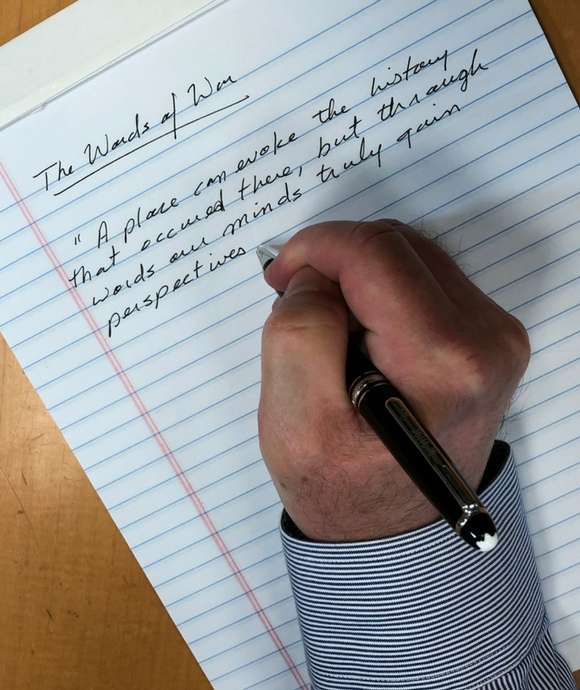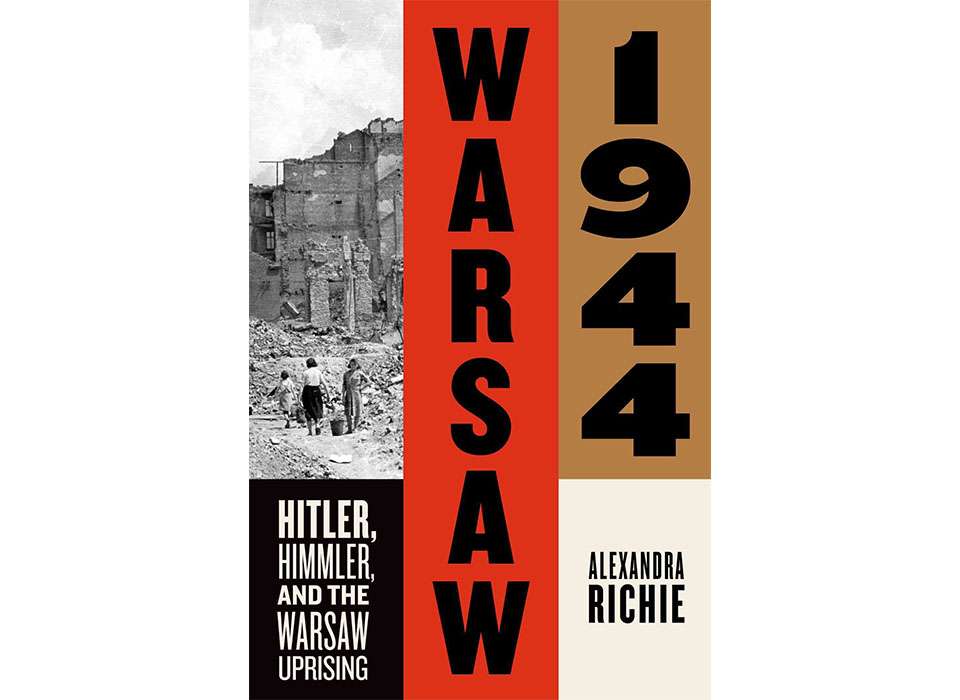"Comparisons between the Warsaw Ghetto Uprising of 1943 and the Warsaw Uprising of 1944 are inevitable, but it is virtually impossible to equate the two. Both were enormous and terrible tragedies, but in terms of motivation, hopelessness and desperation there is absolutely no equivalence between the tragic fighters of 1943 and those who decided to take up arms in 1944. The latter uprising was started largely for political reasons, to demonstrate to the world that the Poles had helped liberate their capital from the Germans and to prove that they deserved an independent state, free from German or Soviet control. The participants in the 1943 Ghetto Uprising had no such grandiose aims. Their choice had been made for them. They had been condemned to death because they were Jewish, and their struggle was not even one for survival. They were not interested in the kind of political or military objectives that preoccupied so many in the AK (the Polish resistance Home Army), nor did they entertain thoughts of any kind of victory. They had only two choices: to be murdered in Treblinka or to be killed, fighting with weapon in hand, in the tiny area remaining to them. Rarely in history has such a desperately tragic choice been forced on any group of human beings."
Alexandra Richie, Warsaw 1944: Hitler, Himmler, and the Crushing of a City, p. 121
This single paragraph by Alexandra Richie distills two of the most important events in Poland’s capital city during the war into their most transparent and distinctive elements.
Of all the European capital cities, Warsaw received the most brutal treatment from the beginning to the end of the war. World War II began with the German invasion of Poland on September 1, 1939; what is sometimes forgotten is that the Soviet Union invaded from the east on September 17, and Poland as a political nation completely disappeared from the map by October. Having previously disappeared from the map of Europe by 1795 from three partitions between Prussia, Austria, and Russia, only to be restored as a nation-state in the Treaty of Versailles in 1919, the force of Polish nationalism cannot be underestimated for the Poles—or for Adolf Hitler. With the German occupation came new problems for Hitler to confront: what to do with the large populations of Jews and Polish nationals who would never be “Germanized”? Just as history fueled Polish nationalism, the Nazis could never forget the end of World War I and their explanation that Germany had lost through a traitorous “stab in the back.” To the Nazis, this was a potential scenario that now had to be voided in reality. With a population of 1.3 million that included 400,000 Jews, Warsaw was at the center of terrible tragedies.
By November 1940, the Germans had established the Warsaw Ghetto, concentrating the Jewish population of the city within a little over three square kilometers and walling off the Ghetto from the rest of the city. Hunger, smuggling, starvation, and the struggle to survive followed over the next year and a half. In January 1942, a new sinister phase began after the Nazi decision for the “Final Solution” at the Wannssee conference: inhabitants of the Ghetto were taken to be “relocated” by the Germans. Instead, they were sent to the death camp Treblinka, approximately 50 miles northeast of Warsaw, where over a quarter million Jews were murdered by poison gas during the summer of 1942. As it became clear what was happening, Jews inside the Ghetto smuggled in weapons and prepared to resist with handguns, Molotov cocktails, and blockades.
The climax began on Passover eve, April 19, 1943, when the Germans sent in a force that included over 2,000 SS troops who systemically went through city blocks, rounding up inhabitants to be deported, destroying homes and buildings, and murdering anyone who resisted. By the end of April the Ghetto had been crushed, and the Germans destroyed the Great Synagogue of Warsaw on May 16, 1943. Virtually all of the city blocks inside the Ghetto walls were destroyed, and the Germans reported that at least 56,000 had been either killed within or deported to concentration camps at the end of the uprising.
The Warsaw Ghetto Uprising was the largest instance of organized Jewish resistance against the Nazis during the war. The Warsaw Uprising, which followed in August 1944, was the effort by the rest of Warsaw’s inhabitants to throw off Nazi rule and aid in the liberation of the city by the advancing Soviet Red Army. But Warsaw’s tragedy was only deepened, as Stalin ordered the Red Army to halt on the eastern banks of the Vistula River, which allowed the Nazis to focus on an even more brutal smashing of the remainder of the city. By completely destroying Polish-organized resistance groups, leaders, and intellectuals, the Nazis were paving the way for an easier political domination of postwar Poland by the Soviets. By January 1945, the entire city of Warsaw had been reduced to rubble and ruins.
As Dr. Richie notes, the Germans intended for Warsaw to be a modern-day Carthage, so utterly destroyed that nothing could ever live and grow on it again. But the spirit of the Poles and of Warsaw was not extinguished, not after the war and not even during the worst phases of the Nazi’s attempt to snuff it out. How this life continued to spark will be the subject of my next Words of War post.

“A place can evoke the history that occurred there, but through words our minds truly gain perspectives and understanding of what it was like to know, feel, experience, hope, fail, triumph, and live through events from which we ourselves were absent. The written word is our most intricate map to retrace and reconstruct what we think happened, and ultimately brings us back to ourselves.”
– Keith Huxen, PhD, Senior Director of Research and History, The National WWII Museum
Keith Huxen
Keith is the former Senior Director of Research and History in the Institute for the Study of War and Democracy at The National WWII Museum.
Cite this article:
MLA Citation:
APA Citation:
Chicago Style Citation:





![Max Fuchs, New York City cantor, sings as Rabbi Sydney [sic] Lefkowitz, Richmond, VA, conducts the first Jewish services from Germany.](/sites/default/files/styles/max_650x650/public/2025-10/image1.jpg)



